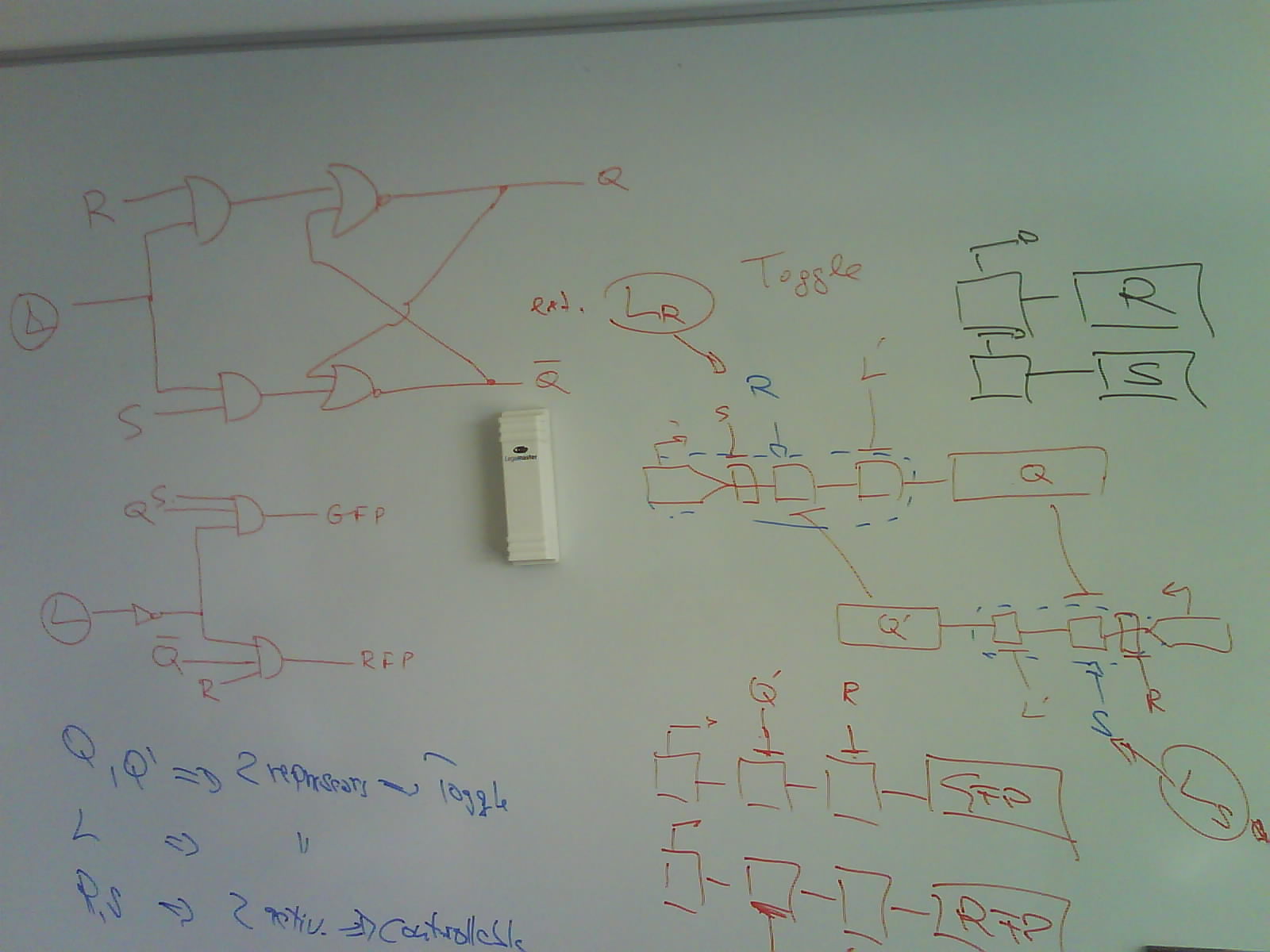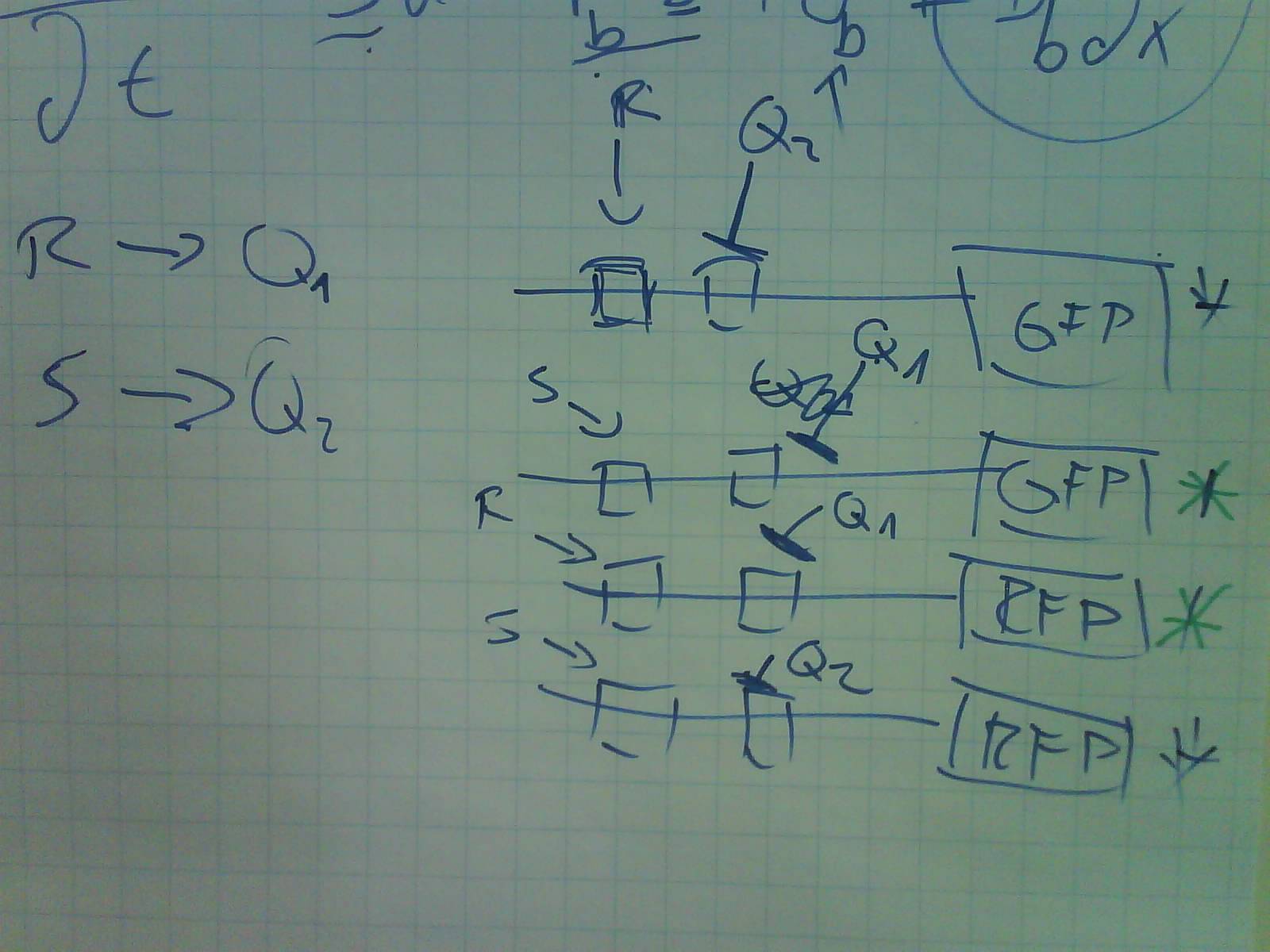ETHZ/Internal
From 2007.igem.org
Introduction
This page documents the process of coming up with a suitable idea for this year's iGEM contest. It is only intended to be a loose gathering of remarks and ideas, instead of a well ordered part of our project documentation. Still, if you are interested in getting a glimpse on our first weeks, you are more than welcome to go on. But beware: afterwards, you might end up with more open questions than answers ...
Have fun!
Brainstorming
During the first two weeks of July, the team tries to come up with a set of ideas for a project. The team is divided into three groups, which will brainstorm individually. Sven and Joerg are available on the 4th and 5th of July in case groups needs to consult them. The objective is that each group comes up with many fancy ideas (it is not yet important that they can be realized at all). To facilitate this, keep in mind the following "brainstorming rules":
- Defer judgment - the rules of nature don't apply
- Encourage wild ideas
- Build on the ideas of others
- Be visual
- Go for quantity
- Stay focused on topic
Preliminary ideas
- PID Controller: Design a PID controller out of biological elements. The P component can be a simple output to a regulatory protein, and the I component can be the overall protein production at a time period. What can the D component be?
- Motion Detector: Cells are grown on a petri dish. Below the dish, moving images are displayed. A 3-state automaton is proposed. Output A is created when light is present. Output B is created when light is absent. Moving patterns will cause some cells to create both outputs over time. This will result in some “inspector” cells producing output C, by collecting outputs A and B.
- Analog-to-Digital Converter: Compare the level of protein concentration with thresholds, and digitize the output.
- Neural Network: Create a sort of biological neural network with bacteria. We should address the issue of learning, and find a way to incorporate the feedback in the cell decision making process. Directed evolution can be a sort of feedback, but we want to avoid this. (This idea was the basis for the “learning project”)
- Paramedic Cells: Some cells are able to detect signals coming from other cells, and create food for them, or create proteins in order to save them and make them function better.
- Cell Batteries: Cells are able to create and store large quantities of ATP, during a “storing process”. Afterwards, they can detect a signal and give back all the energy they stored, in a short burst, like a capacitor. Other ideas are that the cells can “blow up” and emit large amounts of GFP, based on the ATP that they have accumulated.
- Flashing Bacteria: Cells are grown on a light pattern. The cells that are on the bright parts of the image are oscillating in phase, while the others are remaining dark. This results in the observation of a flashing pattern.
- Biocam: Visible to Fluorescent light converter.
- BioCD: “Print” cells on a film, then read them out and “reconstruct” the original data. Basically, it is an analog to digital converter, followed by a system that can interpret the digitized data. (This idea was the basis for the “Music of life project”, where cells would produce fluorescent proteins based on an analog input. Then, the amount and type of fluorescence would code some music).
- Clock: A follow-the-leader system. We have to groups of cells. The first group creates something that repels the second group. The second group creates a protein that attracts the first group. This way, the first group tries to “catch” the second group, whereas the second group tries to “evade” the first group. This results in them moving around. We can say that the second group is the leader, and the first group exhibits a "follow-the-leader” behavior. Emitting GFP, the groups then act as a sort of analog watch.
- Sensors: Various systems that can sense PH, pressure, temperature, meat quality, moisture, e.t.c. have been proposed.
Preferred projects
Two ideas of the above are chosen for further examination. The team will be again split up in two groups (different ones than before to make sure that new ideas come up with mixing of people). Each group has to come up with a prototype model of the initial system, remarks on its feasibility and coolness. Our results will be presented to all team members, so that potential projects may be limited to a final project. The preferred projects are:
- Music of Life: The basic idea is that instead of having an analog-to-digital converter with four outputs (three fluorescent proteins, and no output), we can have two switches. When switch A is on, RFP is produced. When switch B is on, GFP is produced. When both switches A and B are on, a yellowish output is observed. By recording these outputs, we can later create music, by assigning each fluorescent protein to a chord. For example, RFP would correspond to a G chord. The strength of the fluorescence can signify the strength of the chord. If the cells are placed on a spinning disk, we can have something like a vinyl player. A camera is observing the cells, and music is created on the fly.
- Learning: Based on the idea of the neural network, we want to create a biological system where the cells can learn a specific behavior. In order to simplify the system, we decided that the cells can learn to recognize a specific type of other cells. We divide the process in a learning phase and a recognition phase. First, cells A are put together with cells B. Then, cells A are “learning” to recognize cells B. If afterwards they are put in a petri dish with cells B, they will emit GFP. Otherwise, they will stay dark.
Final project
The chosen project is a modified version of Learning which was presented at the last meeting. The system proposed is modified, as in its current state may be implemented with two switches only, something which is really smashing. Keeping the idea of learning, training, and testing phases, we have come up with educatETH E.coli.


